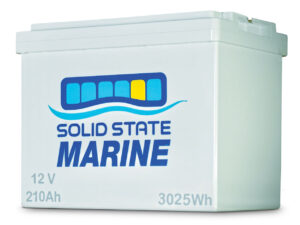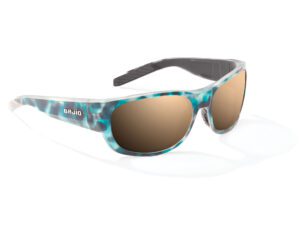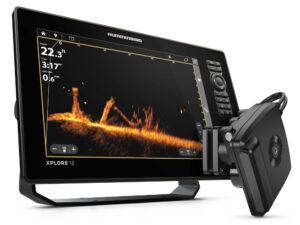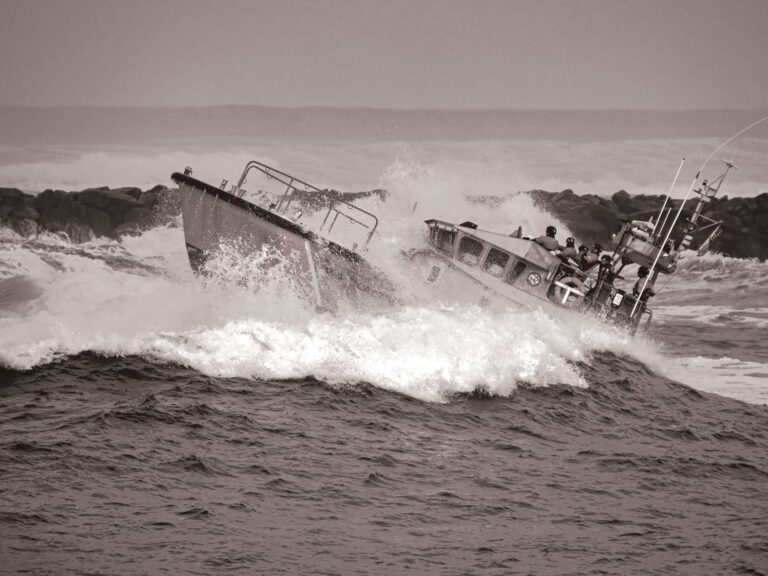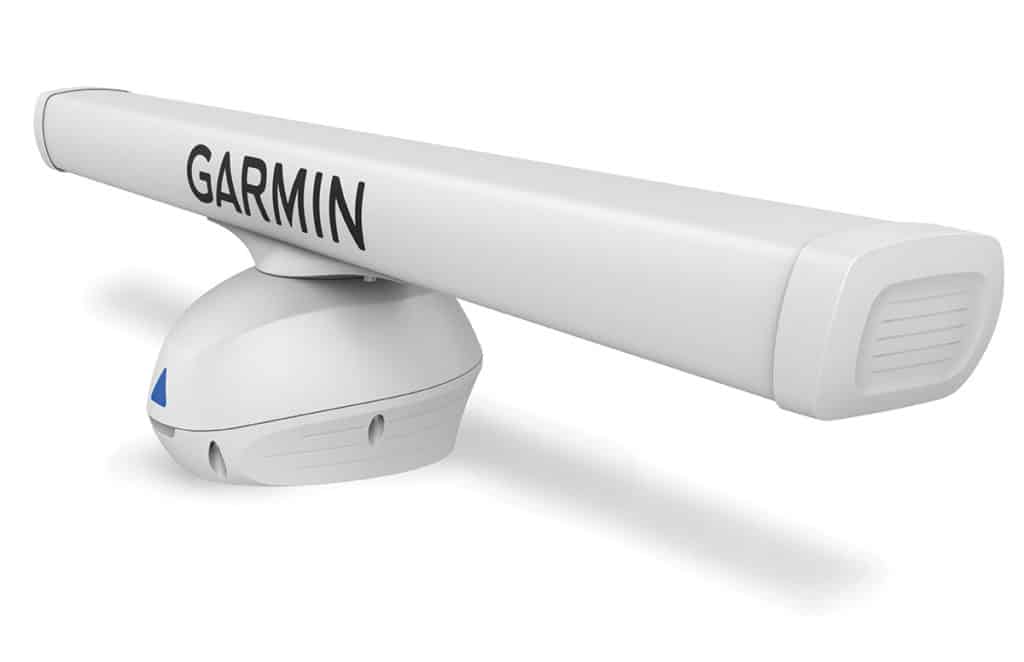
Q. What are digital, HD and broadband marine radars?
A. Most marine radars today are digital in that their signals are digitally processed to produce a more sensitive radar picture. When it comes to conventional radar (those that use a magnetron), HD (high definition), super HD, UHD (ultra high definition) and similar terms are used to indicate higher levels of performance.
Clues to better performing radars include a higher radiated power (in kilowatts), antenna array of larger size (in horizontal inches) and the narrowest horizontal beam width (in degrees).
Radars with bird- and weather-cell detection ability are rated among the highest in performance. These marine radars have at least 6 kW or higher radiated output power and antennas of 4 feet or more.
Solid-state or broadband models work on an entirely different principal. They do not use magnetrons and require less power to operate. They have exceptional ability to display targets within 20 feet compared to about 200 feet for conventional radars. They also read significant detail out to around 6 miles, but they tend to lack sharp detail on longer ranges.
Marine Radar
All radars can help you to keep from colliding with other boats or objects. The level of performance you choose will depend on the range, the detail and resolution of radar targets and the amount of money you are willing to spend.
Quality Counts
Better radars with higher specifications can better identify and alert you to small fiberglass boats, unlit buoys and other low-profile obstructions at distances that might be missed by lesser performing radars. Compare radar specs when selecting performance radar.
Remote Wi-Fi Operation
Wi-Fi is a feature of a number of navigation displays. With the aid of a downloadable app, you view and control your display screen on an Apple or Android smartphone or tablet. This gives you a remote for radar, GPS, fish finder, etc. that you can hold in your hand while you move about the boat. The Furuno DRS4W 1st Watch dome antenna, for example, is a low-cost radar ($1,695) that uses Wi-Fi to display a radar picture wirelessly on an Apple iPhone or iPad.
Color-Sensitive Targets
Radar with Doppler capability, like the Furuno DRS4D-NXT and Garmin GMR Fantom radars, features echoes that change color dependent on their threat level, which can add to your safety. Green, for example, can indicate stationary targets or those that are moving away from you, while red targets can signal those moving toward you.
Solid-state/broadband radars operate immediately, without any warmup time. They transmit and receive signals simultaneously, drawing about one-quarter of battery current of conventional marine radars while remarkably radiating less power than your smartphone.
Simrad’s HALO series ($4,500 to $5,500) combines the advantages of both conventional and solid-state radars. It offers good target detection and resolution on short, medium and long ranges. HALO could be pointing the way to what we’ll expect of radars in the future.
Preset Control Settings
These can automatically provide you with an optimum picture for the boating situation at hand. These settings include preset modes for local and harbor, open water and long distance, weather cell spotting, and fishing/bird modes.
Dual-Range/Split-Screen
Some radars offer side-by-side views of short and a more distant long range. Alternately, you can display two screens, set to the same range with different preset modes. Split screens can increase radar return-echo details that could otherwise be missed.
Display Size and Resolution
These can be significant factors in viewing the most detailed radar picture. Larger size displays with high resolution can improve target visibility significantly. Display resolution can vary from 640 x 480 to 1920 x 1200 or more. The bigger the display screen and the higher the resolution, the better, and more detailed your radar picture will be.

